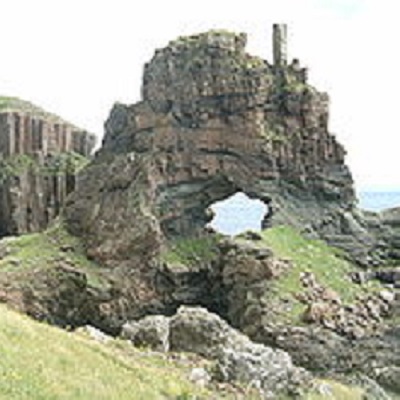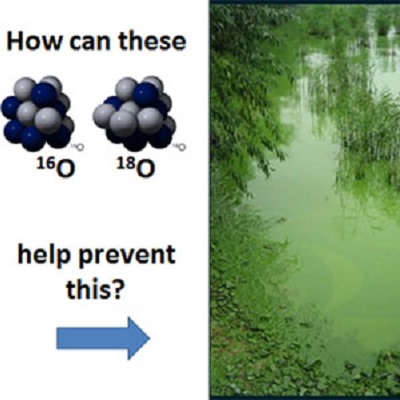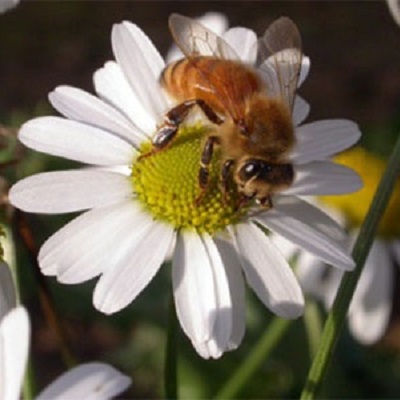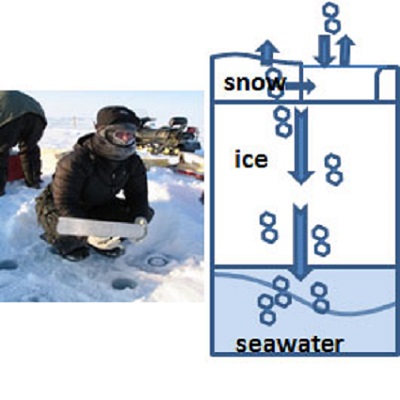Since moving to North Wales to start a forestry degree at Bangor University, I noticed many productive apples trees were not being picked and that the fruit was going to waste. As I was brought up among Kent’s productive apple orchards, I have always had a passion for traditional cider production and home brewing, so […]
Read More
Paul McLachlan I understand the importance and enjoy communicating science through a range of physical and virtual formats. It is important to exchange knowledge to multiple audiences from those researching in similar areas to those that have limited interest in environmental science. I think it is important to engage people in the natural world and […]
Read More
The Cabinet Office’s Open Innovation Team generates analysis and ideas for priority projects by collaborating with academics and other non-government experts. The team works across Whitehall on a wide variety of policy areas, including mental health, industrial strategy, digital transformation, childcare and early years education. Envision DTP has been working together with the Cabinet Office’s Open […]
Read More
Envision DTP has created a 6 month Innovation Fellow position to initiate activities between environment research and business enterprise across a range of sectors. Dr Vincent Walsh was appointed as Innovation Fellow, based at Lancaster University. The Innovation Fellow role has allowed the time needed to: Work directly with the PhD practitioners to enhance their […]
Read More
Read More
Figure 1: Common mycorrhizal network in a forest (van der Heijden et al, 2014) T. D. Peters¹, D. L. Jones¹, A. R. Smith¹ ¹School of Environment, Natural Resources and Geography, Bangor University, Gwynedd LL57 2UW, UK What are Common Mycorrhizal Networks? Almost all plants have symbiotic mycorrhizal relationships with fungi, which are beneficial to both […]
Read More
This studentship offers you the opportunity to work with scientists across the UK to develop a new isotope tracer for the element phosphorus (P). Phosphorus is critical for life, being integral to the structure and function of key biomolecules including DNA and cell membranes. Therefore, P is both an essential element that supports food production […]
Read More
The effects of soil nutrition on plant growth and yield are well known and plant resource and life-history theories can predict patterns of plant community assembly in terms of functional traits expressed along a fertility gradient. However, these theories do not explicitly account for trade-offs in resource partitioning within a species when grown under contrasting […]
Read More
In the last decade, polar regions have seen rapid climate change. From the sea ice loss and impact on polar bears in the Arctic to rising Antarctic sea level and temperatures and the calving of continent-sized chunks of Antarctic ice sheets. The Southern Ocean surrounding Antarctic is a major source of heat for the region […]
Read More
Currently there is an array of persistent organic pollutants that undergo long-range transport in air and seawater and are present in the Earth’s Polar Regions. These chemicals, arising from industrial, agricultural and domestic sources are present in surface media (seawater, snow) often at trace level, but are undergoing bioaccumulation/biomagnification in the Arctic marine foodweb. The […]
Read More








